How to Overcome Learned Helplessness in Relationships
Relationships can be a source of profound joy, growth, and support. However, beneath the surface of seemingly blissful unions, a subtle yet potent dynamic known as learned helplessness can quietly take root, casting a shadow on the vitality of partnerships.
Today, we discuss how the learned helplessness theory applies to relationships, exploring how this psychological phenomenon can subtly unfold, its detrimental effects on individuals and partnerships, and strategies to break free from its grip.
What is Learned Helplessness?
Learned helplessness in humans is a psychological concept that refers to a state where people feel unable to change their circumstances, even when opportunities for change exist. In the context of relationships, this state of mind can lead to feelings of powerlessness, resentment, and a lack of motivation to improve the relationship.
Defined as a state of passive resignation and perceived lack of control, learned helplessness can gradually seep in, stifling communication, eroding self-esteem, and hindering the ability to address challenges effectively.
It can doom a relationship. But no matter how ingrained the feeling is, there are ways to potentially overcome it.

Signs of Learned Helplessness in Relationships
Learned helplessness in a relationship can manifest in various signs that indicate one or both partners feeling powerless, emotionally defeated, or unable to effect positive change.
Signs of learned helplessness may include a lack of motivation to address issues within the relationship, a sense of resignation or apathy towards problems that arise, and a pattern of avoiding conflict or taking proactive steps to improve the relationship.
Those exhibiting symptoms of learned helplessness in a relationship may also display feelings of low self-esteem, passivity in decision-making, and a belief that their efforts to make changes will be futile. Recognizing these signs is the first step towards fostering a healthier dynamic.
How to Overcome Learned Helplessness
Learned helplessness develops when a partner in a relationship repeatedly faces negative situations or experiences that they perceive as uncontrollable. Over time, they start to believe that their actions have no influence over the outcome, leading to a sense of helplessness.
This often occurs when one partner consistently dominates decision-making, disregards the other’s opinions, or fails to address their needs.
Get Your Copy of Build New Bridges: The Art of Restoring Impossible Relationships
The Effects of Feeling Helpless
Clearly, this state can have detrimental effects. The partner who feels helpless may become passive, lacking motivation to contribute or initiate positive changes. Resentment can build up, leading to a breakdown in communication and emotional disconnection. Over time, the relationship may become stagnant or even toxic.

Overcoming The Helplessness Cycle in Relationships
The cycle must be broken for both partners to thrive in the relationship. This will not come naturally, so be prepared. Learned helplessness reflects a learned behavior which we must effectively unlearn to break free and move ahead. It’s possible that any measures taken will not be successful, but if the relationship is worth saving, it is worth trying.
Frequently Asked Questions
What is learned helplessness, and how does it develop?
Learned helplessness refers to a psychological state characterized by a belief that one has no control over their circumstances. This may lead to feelings of powerlessness, resignation, and difficulty in taking action to change the situation. This concept was first introduced by psychologists Martin Seligman and Steven F. Maier in the 1960s through a series of groundbreaking experiments involving animal behavior.
When we repeatedly experience situations where our efforts to overcome challenges are met with failure and lack of control, we may internalize a sense of helplessness. For example, believing that our actions are futile and incapable of influencing outcomes.
What are the signs of learned helplessness?
The symptoms of learned helplessness can vary from subtle to profound, impacting emotions, cognition, and behavior. Some common signs include passivity, lack of motivation, low self-esteem, pessimism about the future, and avoidance of challenges or responsibilities.
When we experience learned helplessness, we may exhibit a sense of resignation in the face of adversity. We may also attribute setbacks to internal factors such as personal inadequacy rather than external circumstances.
How does learned helplessness affect relationships?
The consequences of learned helplessness can manifest in ways that undermine communication, trust, and intimacy. Those who harbor feelings of helplessness may struggle to assert their needs, set boundaries, or advocate for themselves within the relationship.
This can lead to imbalances of power, feelings of dependence, and an erosion of self-efficacy that hinders the ability to engage in healthy and equitable partnerships. Over time, this can perpetuate negative dynamics, foster resentment, and impede the growth and well-being of both partners.

What strategies can help?
We have the capacity to break free from the grip of learned helplessness with awareness, introspection, and intentional efforts toward change. Key strategies to overcoming learned helplessness include building self-awareness, challenging negative thought patterns, seeking support, and cultivating a sense of agency through small, achievable goals.
We can nurture our sense of autonomy, mental health, self-worth, and agency by reframing beliefs about control and resilience, practicing self-compassion, and gradually reclaiming a sense of empowerment.
Other Strategies to Overcome Learned Helplessness in Relationships
Beneath the layers of learned helplessness lies the potential for growth, resilience, and transformation.
Learn More about the Theory of Learned Helplessness
If you notice signs in your relationship, the following strategies may help:
- Identify situations or behaviors that contribute to feelings of helplessness. Awareness is the first step towards change.
- Express your feelings and concerns to your partner. Effective communication is essential for addressing issues and finding solutions together.
- Encourage equal participation in decision-making and problem-solving. Each partner should have a voice and actively contribute to the relationship.
- Define and communicate your personal boundaries. It’s important to establish what is acceptable and what is not within the relationship.
- If learned helplessness persists or if the relationship continues to deteriorate, consider seeking guidance from a relationship counselor or therapist. They can provide valuable insights and tools to overcome challenges.
Learned helplessness can be a significant obstacle in relationships, hindering the mental health of both partners.
Use the strategies above to help open communication. Your feelings, priorities, and opinions matter. If you are not experiencing the respect and tolerance you deserve, it may be time to move on.

Key Points: Learned Helplessness in Relationships
Definition: Learned helplessness is a psychological state where individuals feel unable to change their circumstances. This leads to feelings of powerlessness despite opportunities for change.
Signs: Signs include lack of motivation, resignation, low self-esteem, passivity, and avoiding conflict.
Effects: Feeling helpless can cause partners to become passive, communicate less, and develop resentment. This may lead to stagnant or toxic relationships.
Strategies to Overcome: Overcoming this involves building self-awareness, challenging negative beliefs, communicating openly, setting boundaries, and seeking support or therapy.
Breaking the Cycle: Unlearning learned helplessness requires intentional effort, patience, and sometimes professional help to restore healthy dynamics and foster growth.
Thank you as always for reading.
If you haven’t yet subscribed, please enter your email address so you never miss a post.
Affiliate Disclosure: Some links in this post are affiliate links. As an Amazon Associate, we earn from qualifying purchases. Thank you for supporting Kindness-Compassion-and-Coaching.com at no extra cost to you.

Joan Senio is the founder of Kindness-Compassion-and-Coaching.com. Joan’s career includes clinical healthcare plus 20+ years as an executive in a nationwide health care system and 15 years as a consultant. The common threads throughout Joan’s personal and professional life are a commitment to non-profit organizations, mental health, compassionate coaching, professional development and servant leadership. She is a certified Neuroscience Coach, member of the International Organization of Life Coaches, serves as a thought-leader for KuelLife.com and is also a regular contributor to PsychReg and Sixty and Me. You can read more about Joan here: Joan Senio.


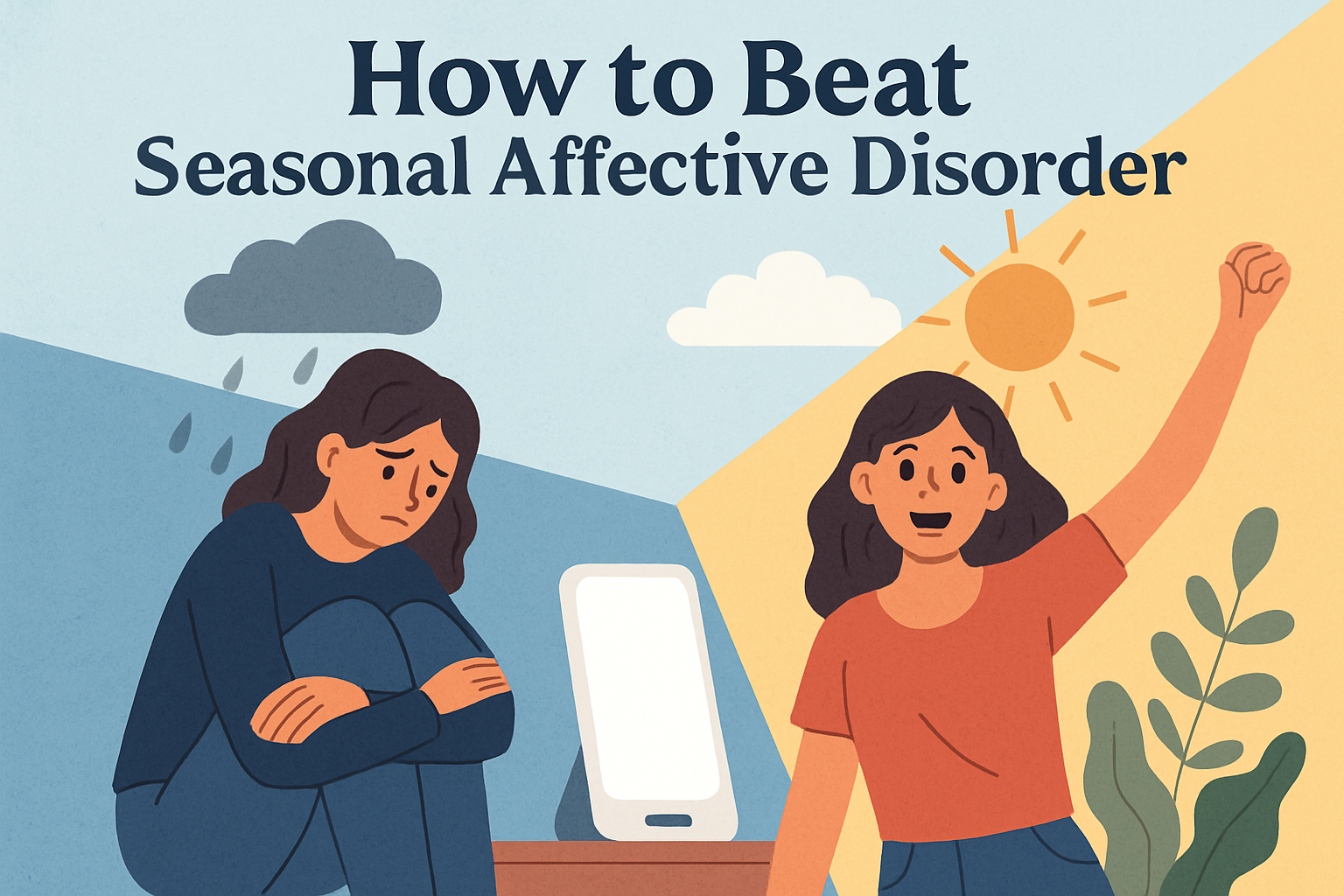
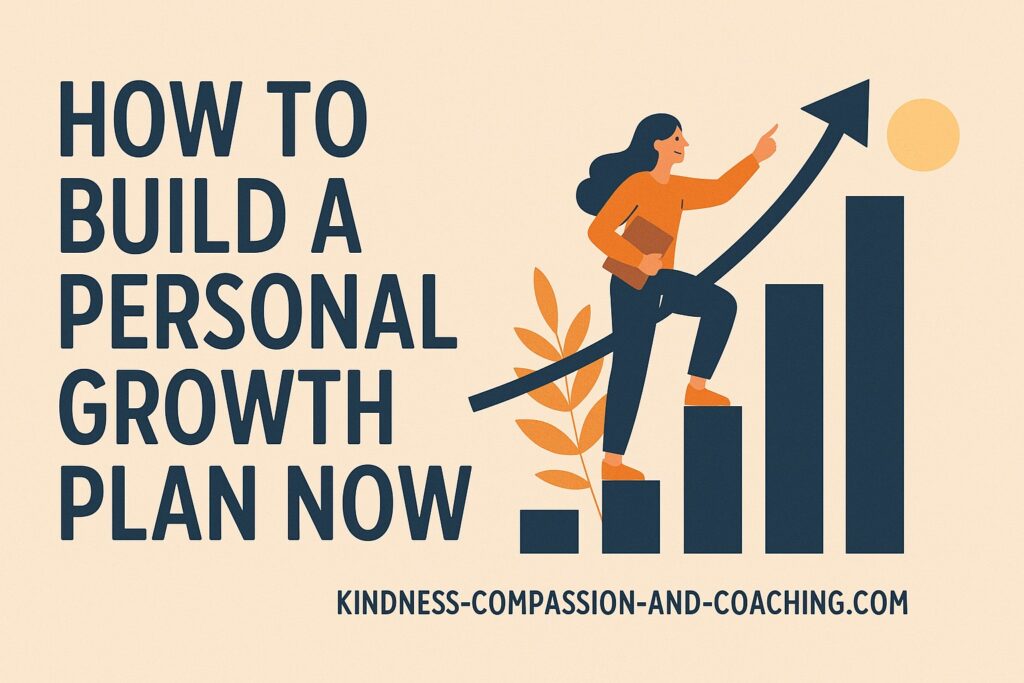
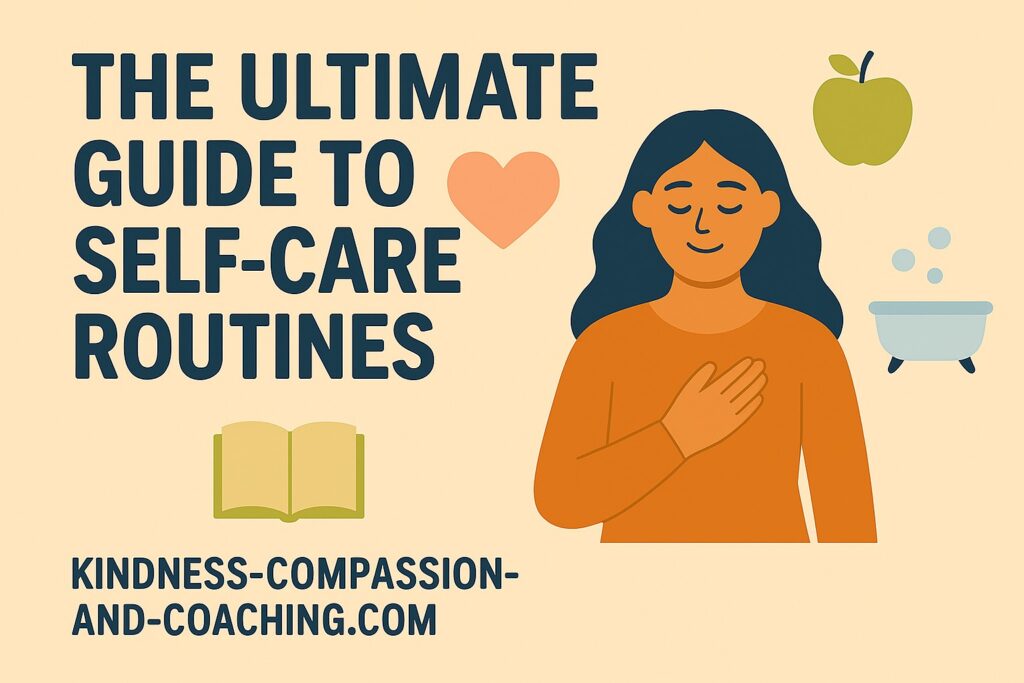
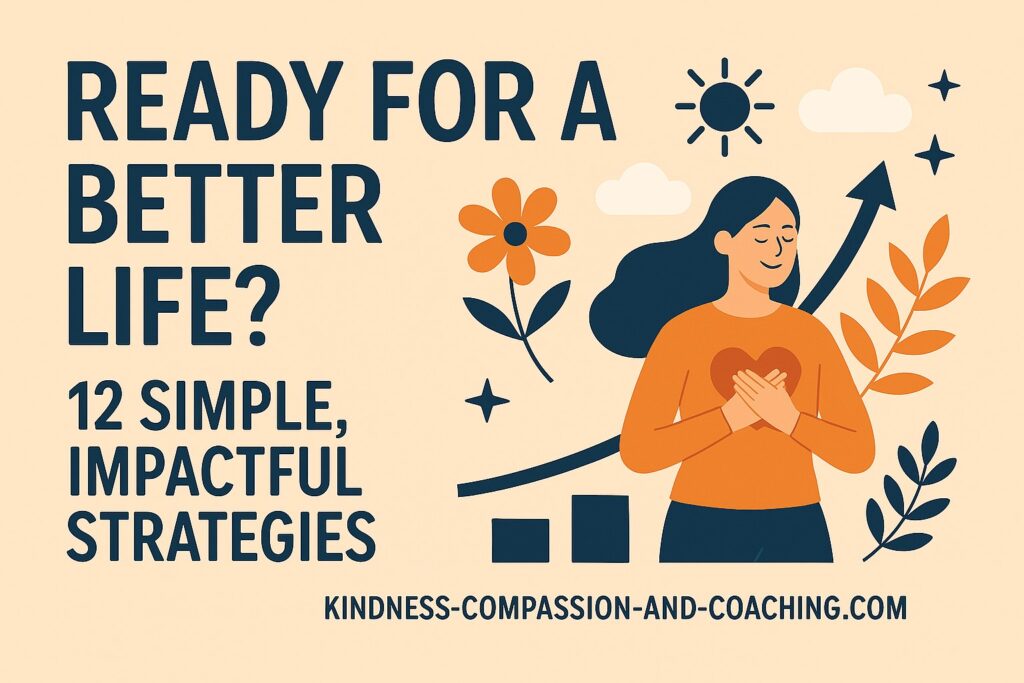
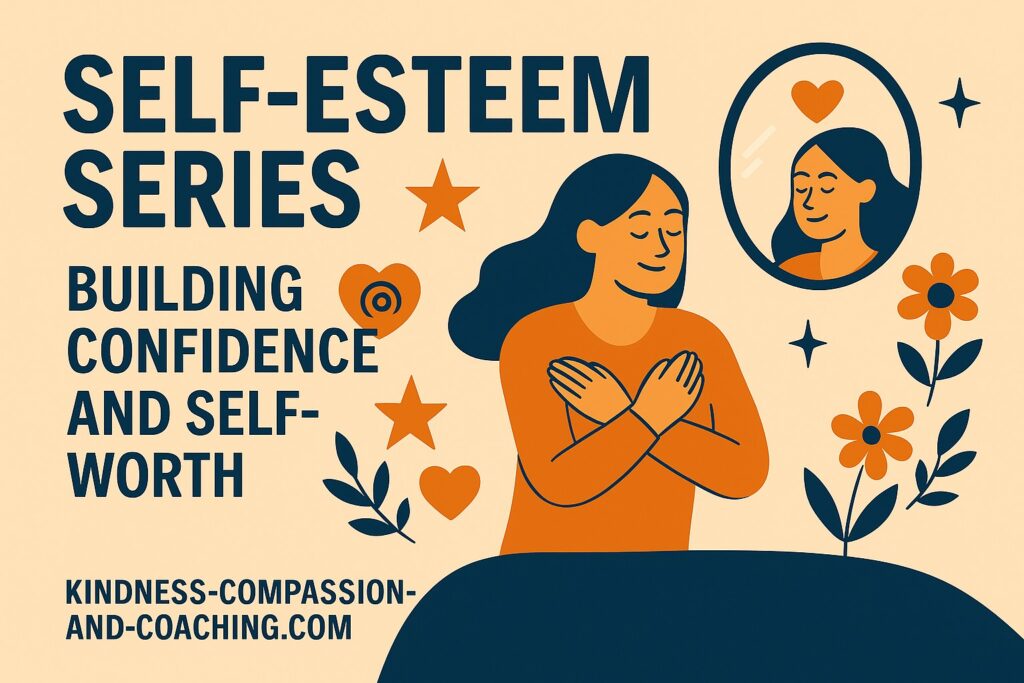
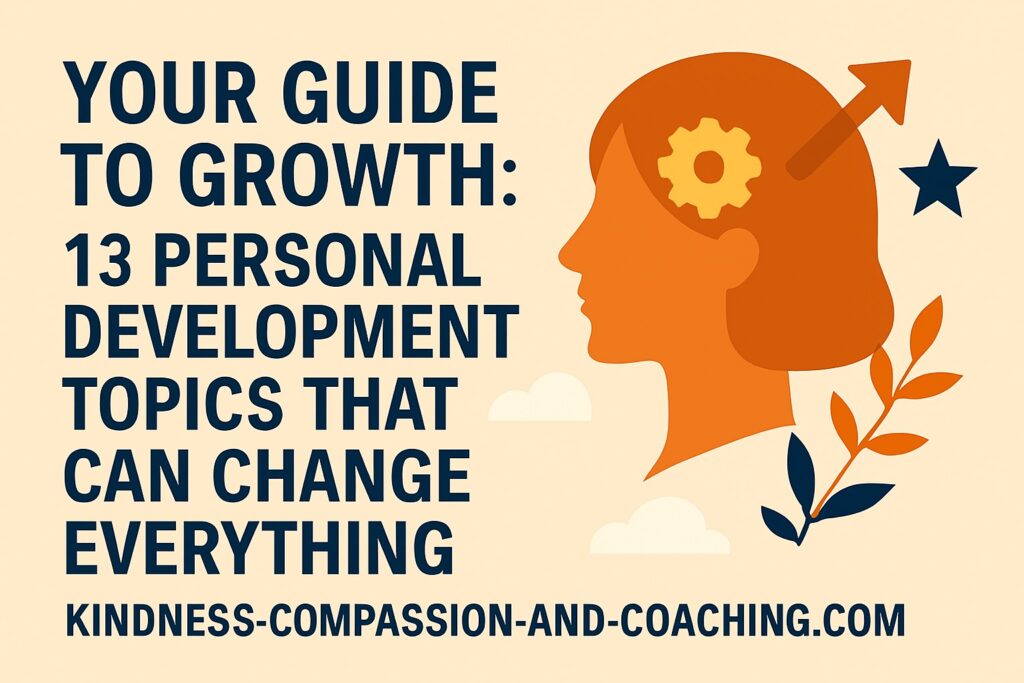
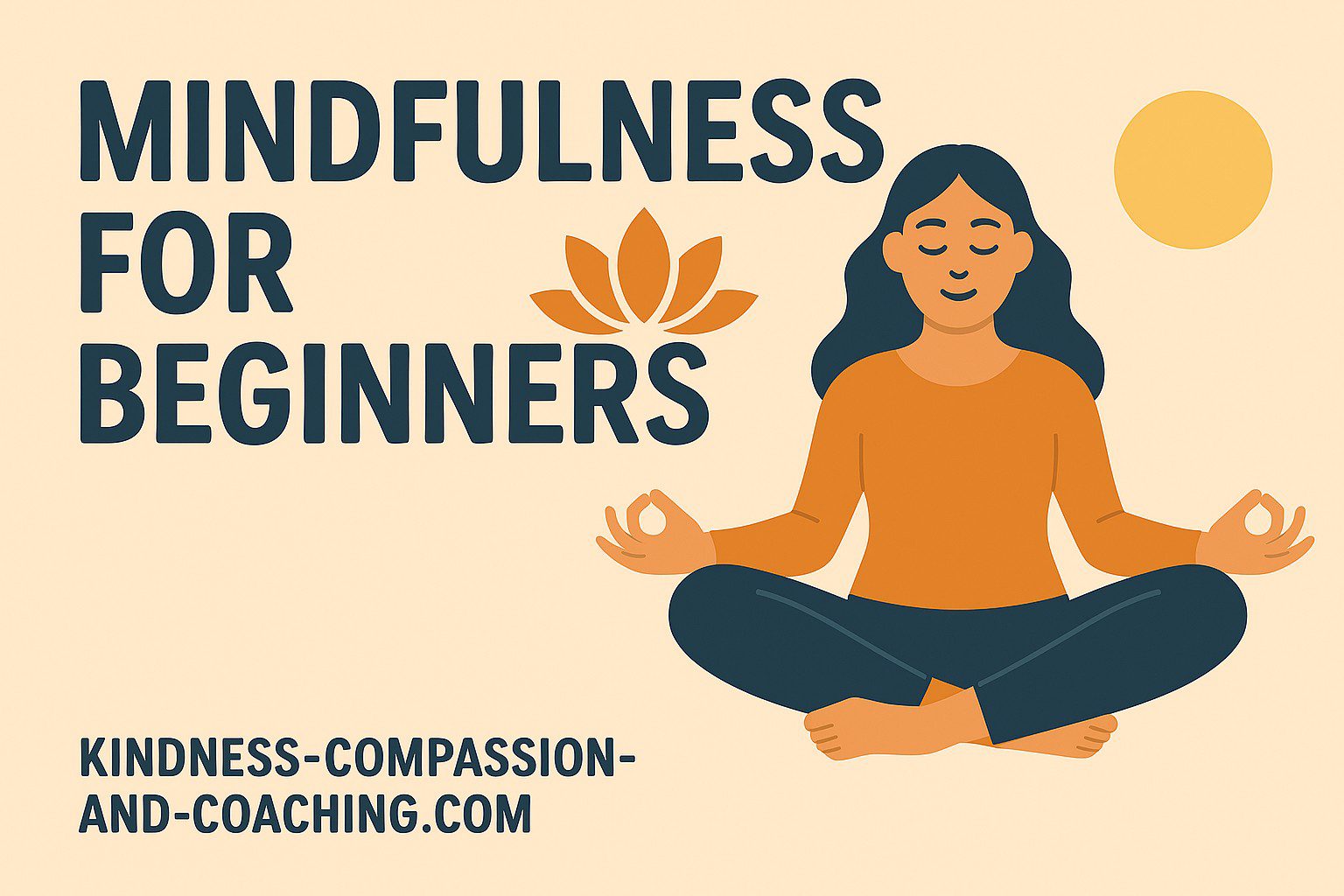
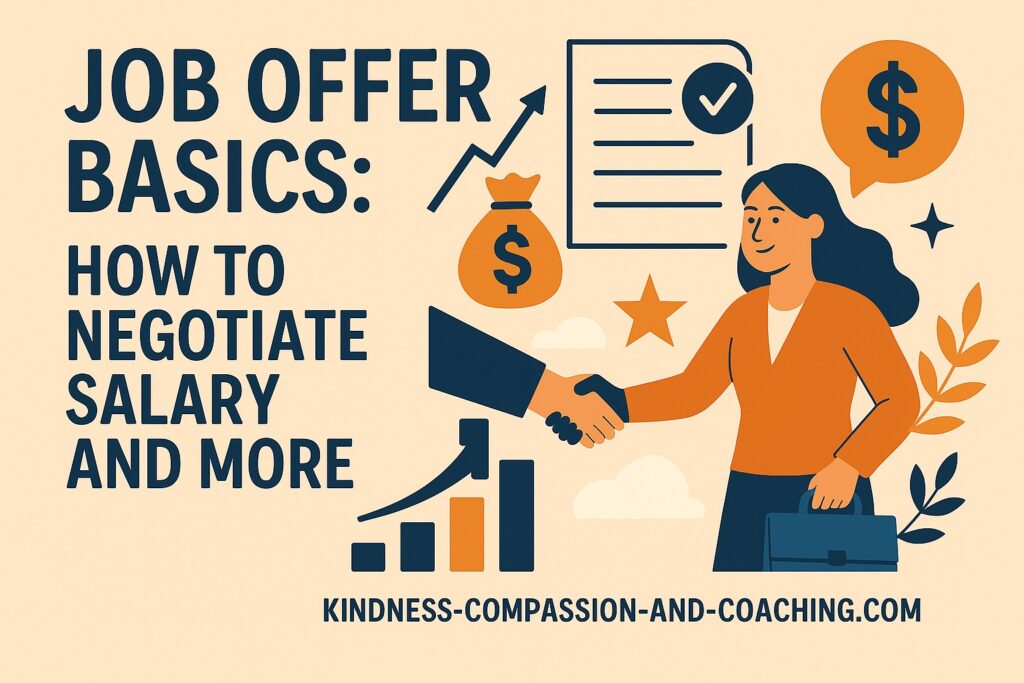
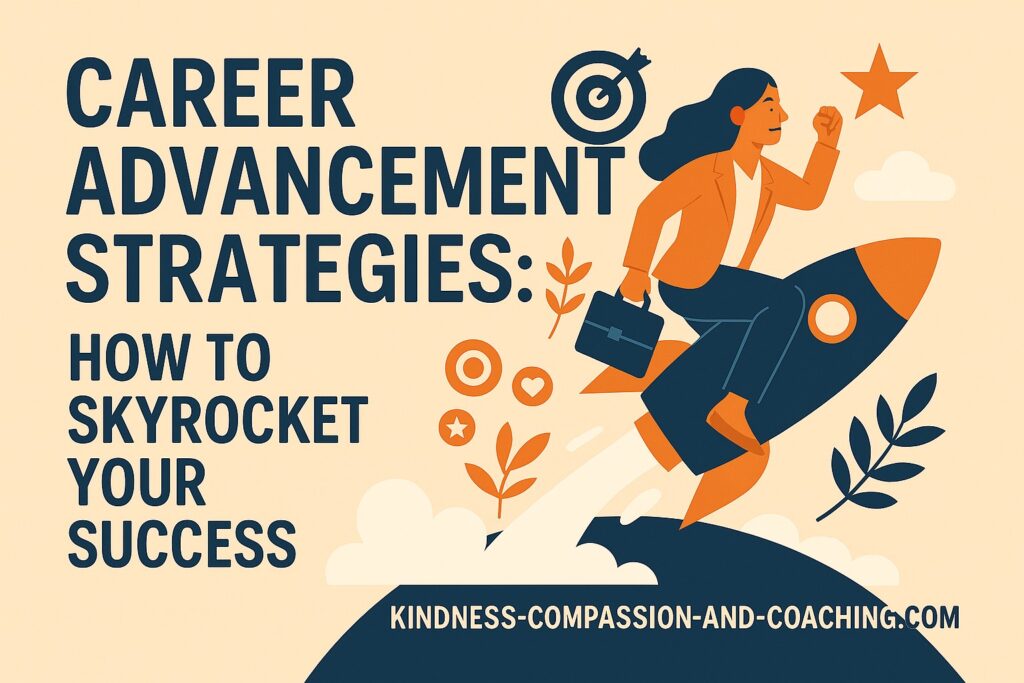
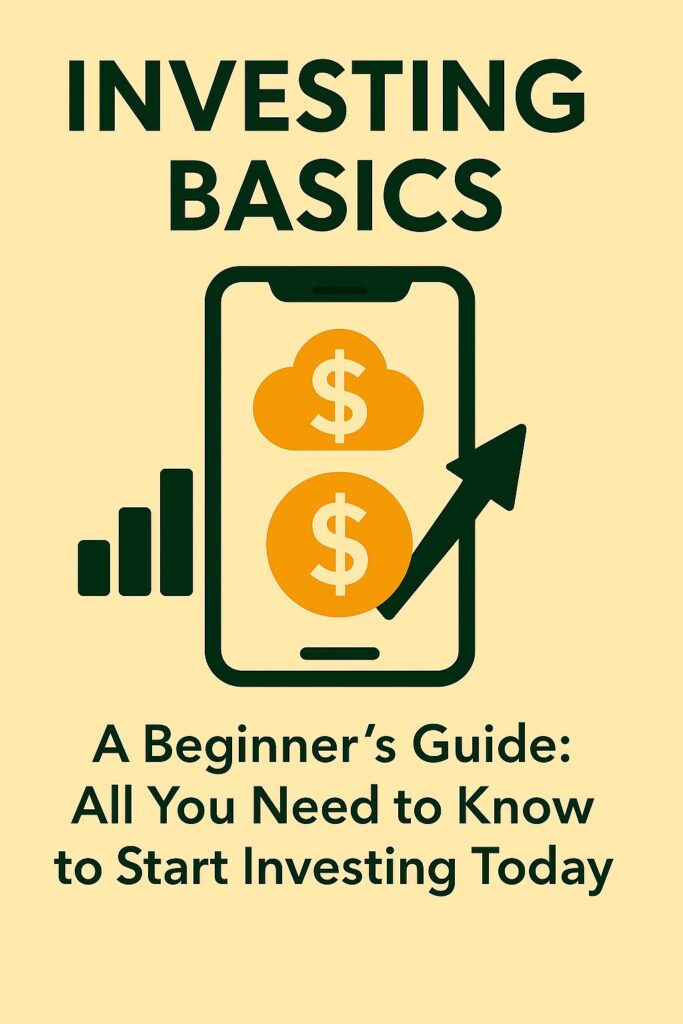
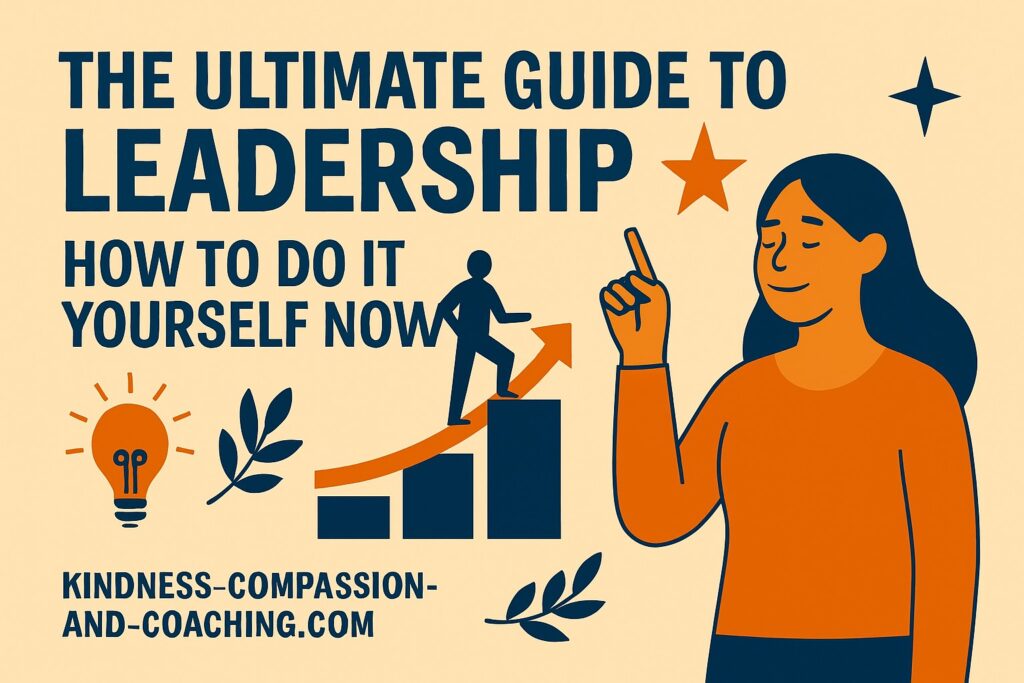
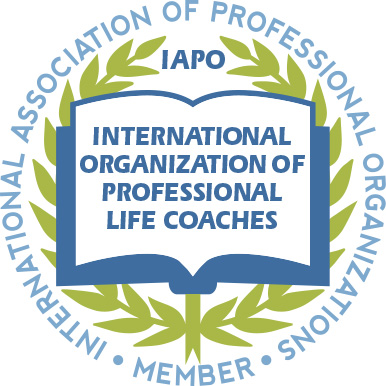
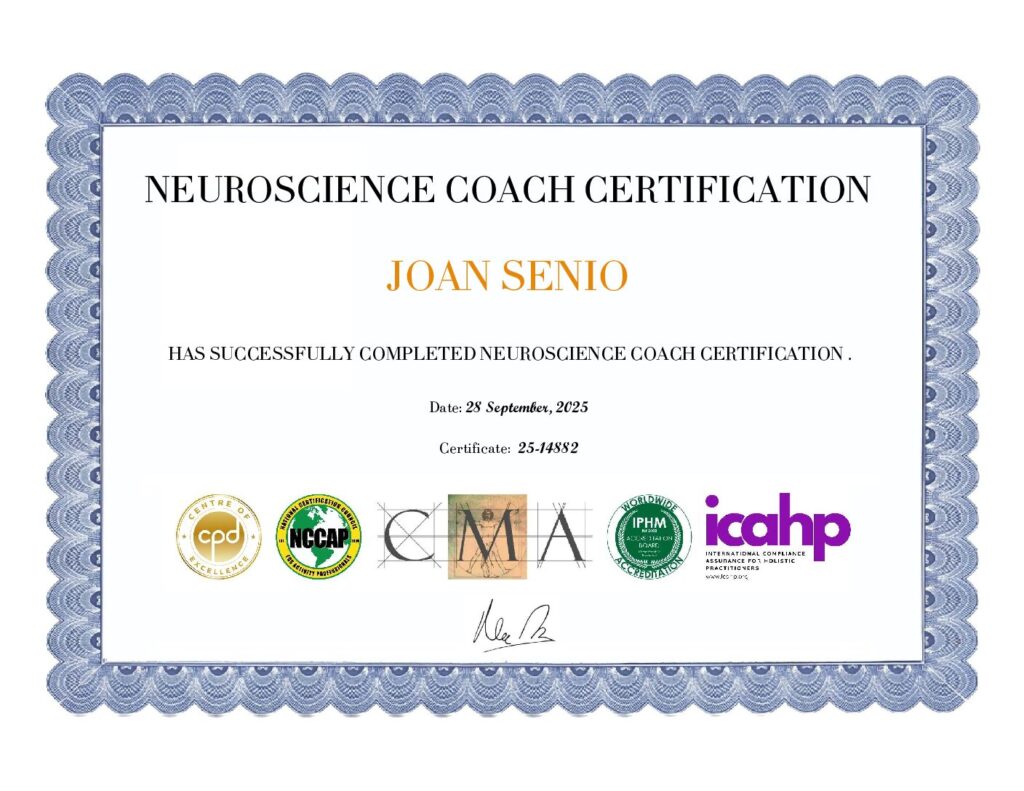

No Responses